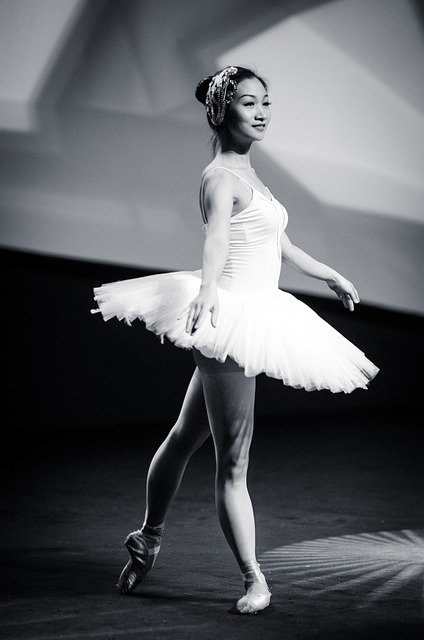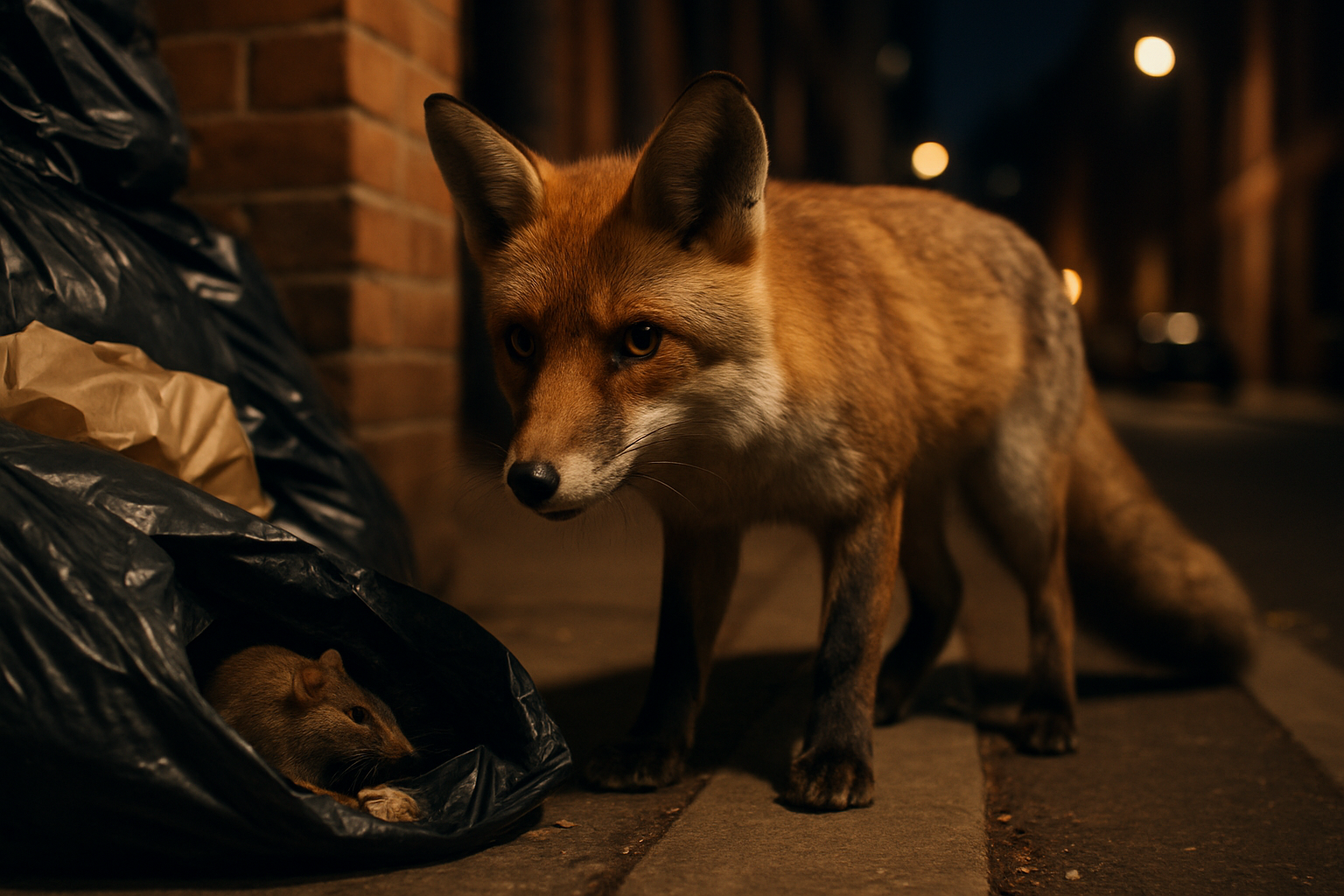Sweeping Changes: How the Art of Butoh is Reshaping Contemporary Performance Art
In the world of arts and entertainment, few forms have been as impactful, yet relatively unexplored as Butoh. This avant-garde dance movement emerges from post-WWII Japan, where it continues to challenge conventional notions of performance and expression. Let's delve into the history, recent developments, and profound impact of this fascinating artistic movement.

A Walk Through History: The Genesis of Butoh
Butoh, often termed the ‘dance of darkness,’ has its roots in the late 1950s, a period of significant cultural and societal shifts in Japan. Artists Tatsumi Hijikata and Kazuo Ohno, seeking to reject Western dance forms, developed a new, radical form of expression. This unique form of dance was a response to the devastation of the atomic bombings and the rapid Westernization of Japan.
Into the Spotlight: Butoh’s Emergence on the Global Stage
Fast forward to the present day, Butoh has transcended its national boundaries and has been embraced globally, with performances at leading international arts festivals. This global recognition has been fueled by the work of prominent Butoh artists such as Min Tanaka and Sankai Juku, who have explored and expanded the movement’s principles in their performances.
The Butoh Impact: A Novel Lens for Viewing Artistic Expression
Butoh’s influence extends beyond the realm of dance, permeating various facets of contemporary performance art. Butoh’s focus on the body’s transformation, its exploration of taboo themes and subversion of traditional aesthetic norms have spurred a myriad of performance artists to venture into uncharted territories of expression.
The Contemporary Scene: Butoh in Today’s Artistic Landscape
Today, Butoh continues to evolve, with artists incorporating elements from other art forms, including theatre, visual art, and multimedia. This fusion has led to a surge of innovative performances that blur the line between genres, further pushing the boundaries of what is considered ‘performance.’
The Future Beckons: The Unending Resonance of Butoh
As we look towards the future, one thing is clear: Butoh, as a movement and a philosophy, is here to stay. Its raw, visceral approach to artistic expression continues to inspire, challenge, and provoke conversation, ensuring its relevance in the ever-changing landscape of the arts and entertainment industry.
In conclusion, while Butoh may not be a new phenomenon, its continued evolution and influence make it a captivating topic for exploration. As it continues to shape contemporary performance art, it serves as a powerful reminder of the infinite possibilities that lie within the realm of creative expression.





